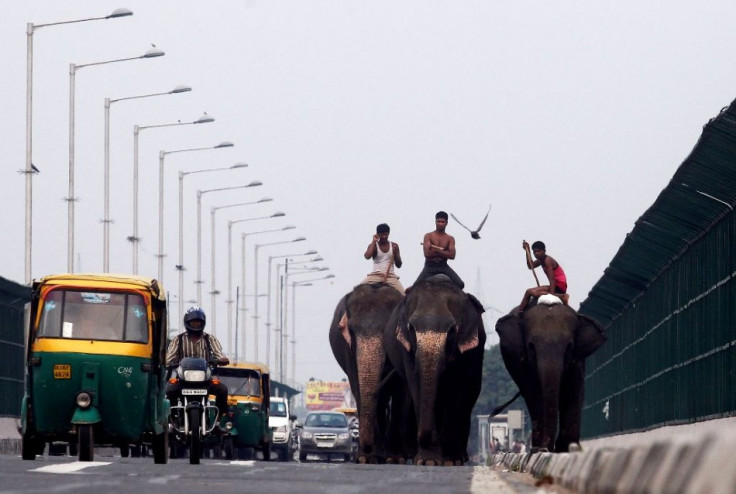India Crisis: Pimco Says Debt Rating May Be Cut to Junk as Election Looms

The Indian government must reduce the country's budget and trade deficits, to prevent the nation's debt ratings from being downgraded to junk status, analysts warned.
The world's biggest bond manager Pacific Investment Management (Pimco) said it sees a "large" chance of a credit rating cut in about 12 months. Meanwhile, ratings agency Standard and Poor's (S&P) has said that there is a one-in-three chance India would lose its investment-grade rating within two years.
With elections due early next year, Prime Minister Manmohan Singh's government is seen directing its energies to rolling out populist measures. One such example is the recently approved multi-billion dollar plan to provide cheap food to the poor.
The focus on winning elections could leave the government with very little room to tackle pressing economic issues, forcing agencies to slash India's sovereign rating eventually.
Meanwhile, any capital exodus from India, triggered by the expected reduction in the US Federal Reserve's $85bn (£53bn, €63bn) a month bond-buying stimulus, would definitely lead to downgrades, UBS cautioned.
"In the near term, we are more cautious on India," said Roland Mieth, senior vice president of emerging markets at PIMCO Asia in Singapore.
"Although an outright credit default remains unlikely, the chance of a sovereign downgrade by one of the major credit agencies is large in the next 12-18 months," Mieth added.
Imminent Downgrade?
S&P credit analyst Kim Eng Tan said in Seoul the agency has a negative outlook on India, "which means that over the next one to two years we think chances of downgrades are more than one in three".
"Given that a downgrade hasn't happened so far and the economy is already on its knees, it's difficult to know what the incremental negative could be from here. It could be massive capital flight from all the foreigners; that would certainly do it for many of these rating agencies," said Bhanu Baweja, the global head of emerging-market cross-asset strategy at UBS in London.
Earlier in the month, the newly appointed Reserve Bank of India Governor, Raghuram Rajan, said he would try and attract more foreign investments by subsidising hedging costs for banks. He also proposed to push for more rupee trade settlements and market liberalisation.
Rajan's promises, and the US Federal Reserve's unexpected decision to continue buying bonds worth $85bn a month, provided some relief to market players. The battered rupee gained 5.7% in September, after falling 14% in the preceding three months.
However, investment banking giant Goldman Sachs, HSBC, JPMorgan, Nomura and French Bank BNP Paribas have all cut their India growth forecasts, suggesting it would be a while before recent government measures could get Asia's third largest economy moving again.
India is battling high inflation, falling GDP growth, a huge trade gap, a weak currency and political turmoil. But Singh said growth would "pick up" as the effects of good monsoon rainfall kick in later in the year. The annual monsoon accounts for 70% of India's rainfall and irrigates more than half its farmland.
Singh's government had earlier given the nod for infrastructure projects worth several billions of dollars in a bid to boost investment in the country. The country's central bank announced it would pump more than a billion dollars' worth of stimulus into its banking system to increase the availability of credit to key sectors.
The infrastructure push came a little too late. South Korean steel maker Posco and rival ArcelorMittal, the world's largest steel manufacturer, had already shelved multi-billion dollar plans to build steel plants in India. They cited long-draw-out land disputes as part of the reason for pulling out.
© Copyright IBTimes 2024. All rights reserved.






